Imagine this: a prime piece of real estate, right at the front of the church, marked “First-Time Guests.” You’d think it’s the VIP section at a concert, but alas, it often remains as untouched as that gym membership we all swear we’ll start using “next Monday.” Why? Because our first-time visitors would rather undertake a minor expedition across the Sahara (or, you know, the back of the parking lot) than spotlight themselves as the new kid on the block. It’s not about the proximity to the door; it’s about entering unnoticed, blending in with the regulars, and avoiding the dreaded “new person” label.
The Welcome Booth Gambit
Then, we have the first-time guest booth. Ah, yes, the beacon of hospitality that somehow turns into a no-man’s land on Sundays. Decked out with the best intentions and the friendliest volunteers, it nonetheless seems to repel visitors like a poorly configured firewall. The thing is, walking up to that booth requires a level of commitment and visibility that our dear visitors aren’t ready to sign up for. It’s like agreeing to a terms and service agreement without skimming through it first—nobody wants to make that leap without knowing what they’re getting into.
The Digital Outreach Paradox
Here’s the kicker: we live in a world where our digital footprints are tracked with more precision than a NASA satellite. Yet, when it comes to church visitors, it’s as if they’ve activated ghost mode. Despite our most innovative digital outreach efforts, some folks just want to check us out anonymously, absorbing the sermon, the community vibe, and yes, even the coffee, without clicking “I Agree” on any form of visitor tracking.
Understanding the Invisible Attendee
So, who are these invisible attendees? They’re seekers and observers. They’re individuals looking for something more, something meaningful, but on their terms. They could be anyone—a young professional seeking community, a skeptic tentatively exploring faith, or even a family just looking to find a new church home in the area.
Shifting Our Strategy
Redefine Welcome: Let’s innovate how we welcome without making anyone feel like they’ve walked into a spotlight. Small gestures, like a simple “good morning” or an open café area, can make all the difference.
Optimize Digital Engagement: As a digital marketing pro, I cannot stress this enough—our online presence is crucial. It’s often the first step in someone’s journey to visiting your church. Make it count with engaging content, friendly and accessible information, and yes, those direct messages matter too!
Feedback, Not Just Forms: Encourage feedback through digital channels. An anonymous online survey can provide insights into the visitor experience without forcing anyone to reveal their ninja status.
Content: Lastly, remember that your digital content—sermons, blogs, social posts—can reach far beyond your physical congregation. It’s often the bridge that turns an invisible visitor into an engaged community member.
In closing, let’s embrace the challenge of reaching out to our invisible visitors, not by shining a brighter spotlight, but by understanding and respecting their journey. After all, in the grand narrative of faith, every story is unique, and every journey is sacred. Let’s make our churches a place where every stealth-mode visitor feels seen, heard, and valued—no tracking necessary.

BONUS: The Gentle Check In
In our journey to make our churches welcoming and accessible, we’ve come across a simple yet profoundly effective tool in our digital outreach arsenal. When running ads or promoting visits to our church, we’ve all seen the traditional form asking for names, emails, and even phone numbers. But let’s pause and think about the new visitor—the one who’s intrigued enough to click on our ad but hesitates at the thought of sharing personal information. They’re not quite ready to commit, yet they’re considering stepping into our community, perhaps for the very first time.
What if we offered them a way to signal their intention with no strings attached? Imagine a checkbox that simply says, “I’m planning to join you.” No further questions asked. No follow-up emails or texts that might make them second-guess their decision. This isn’t about tracking or data collection; it’s about extending a hand of friendship, no conditions attached.
This approach respects their privacy and autonomy, recognizing that a visit to a new church is a significant step. It’s acknowledging that while they may not be ready to fully introduce themselves, they are taking a brave step towards us. And for us, that’s enough to know. We prepare for their visit with the same enthusiasm and warmth as if they had filled out an entire form because, in our hearts, every potential visitor is already a valued part of our community.
This gentle check-in method removes the pressure and potential fear of commitment that might deter someone from visiting. It’s a testament to our understanding that faith journeys are personal and filled with steps taken at one’s own pace. By offering this simple, pressure-free option, we not only respect their journey but also open our doors a little wider, showing that we’re ready to welcome them just as they are.
Remember, the goal of our outreach efforts isn’t to inflate our visitor statistics or fill our databases; it’s to connect with hearts, to offer a place of belonging, and to be a beacon of light and hope. So, let’s use every tool at our disposal to make that first step as easy and as welcoming as possible. After all, sometimes a small checkbox can be the bridge between hesitation and homecoming.
Let’s continue to innovate in how we welcome, always with open hearts and open doors, making every effort to understand and respect the journeys of those we hope to reach.
Warm regards,
Kelby
Have Any Questions ?
Seeking effective marketing strategies to grow your church? We specialize in helping pastors like you connect with their community and expand their congregation. Click below to book a call with us. Let’s explore tailored solutions to elevate your church’s impact and growth together.
